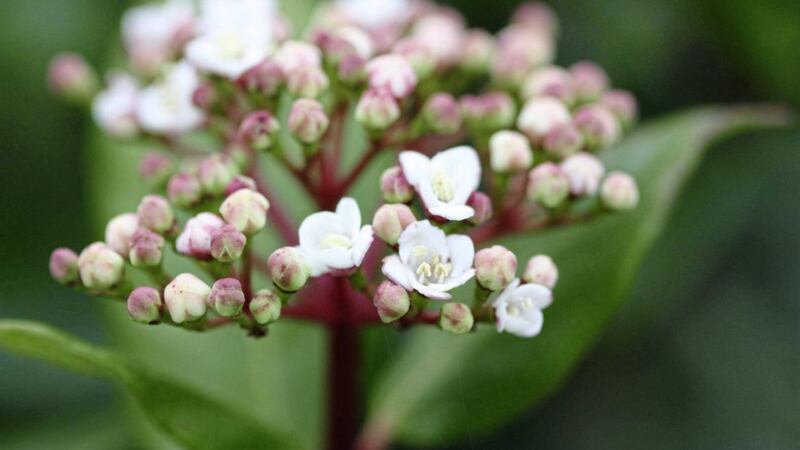ALPINES; Bonsais; succulents; box balls; bedding; bay trees; dahlias; roses; hydrangeas… all these and more have been fashionable at some stage in recent decades and some still are, while others are perhaps due a revival.
What is and isn’t cool in the garden at any particular time first boils down to personal taste, then what your influences are, whether it’s lifestyle, environmental outlook or a desire for total escapism. Of course, this is to suggest that every plant we’ve ever put in the garden forms part of a grand strategy or plan and wasn’t merely bought on a whim then subsequently sited in a panic.
I imagine every garden has a plant or two that harks back to a different era or a ‘head staggers’ moment at the garden centre. They’re the ones you’re unlikely to see featured on Gardeners’ World – unless in a nostalgia item about ‘gardening in the Thatcher era’.
In reality, only show gardens – usually the epitome of fashion – are free of mildly embarrassing plants that are no longer de rigueur. It’s worth bearing in mind though that very often the plants dismissed by the opinion formers are the ones that perform the best and never need replacing.
Many winter stalwarts would be frowned upon by snobbier gardeners but that’s simply because their reliability has made them extremely popular.
Take Fatsia japonica – the castor oil plant – it’s leathery, blue-green foliage and little pompom flowers hint at the exotic even on winter’s coldest days yet this a robust, long-lived shrub that will tolerate both full sun and shade. Likewise Mahonia lomariifolia, which long ago begun appearing in municipal planting schemes at the side of a busy urban roads, yet its yellow bracts with their magnificent scent are the perfect winter tonic.
Walk into any suburban cul-de-sac and you’ll likely find either of the above within minutes. There’s every likelihood that complementing them will be members of the Virburnum family, which again have received a bad press due to the tendency for them to be deployed in supermarket car parks.
For the amateur gardener, however, they are a reliable gap filler both physically and in the calendar. Viburnum tinus ‘Eve Price’ is in flower at the moment, catching both the eye with its pink flowers and the nose with its scent. Virburnum x bodnatense ‘Dawn’ is another beautifully scented shrub, flowering throughout the winter months with blooms especially abundant in milder periods.
Chosiya ternata – AKA Mexican orange blossom – is another old-school favourite that sometimes suffers from an image problem. Great for a specimen hedge or in a mixed border, this highly adaptable evergreen shrub has aromatic leaves and fragrant star-shaped white flowers.
For eye-catching berries, if not praise from fellow gardeners for originality, try Skimmia japonica, a compact evergreen shrub that is often smothered with bright red fruits from October to March. To ensure you get berries, the manual recommends planting male and female plants close together.
Variegated foliage may not elicit the gasps it once did but a display of dense two-tone leaves can still lift the spirits on a winter’s day.
Euonymous fortunei ‘Emerald ’n’ Gold’ needs little explanation, or too much maintenance for that matter. Not dissimilar is Elaeagnus pungens ‘Dicksonii’, where care should be taken to remove any branches where the leaves have reverted back to a single green tone. Aucuba japonica ‘Gold Dust’ really does look like it’s been freshly spray painted, though its gold leaves do suggest a past era when ostentation was all the rage.








